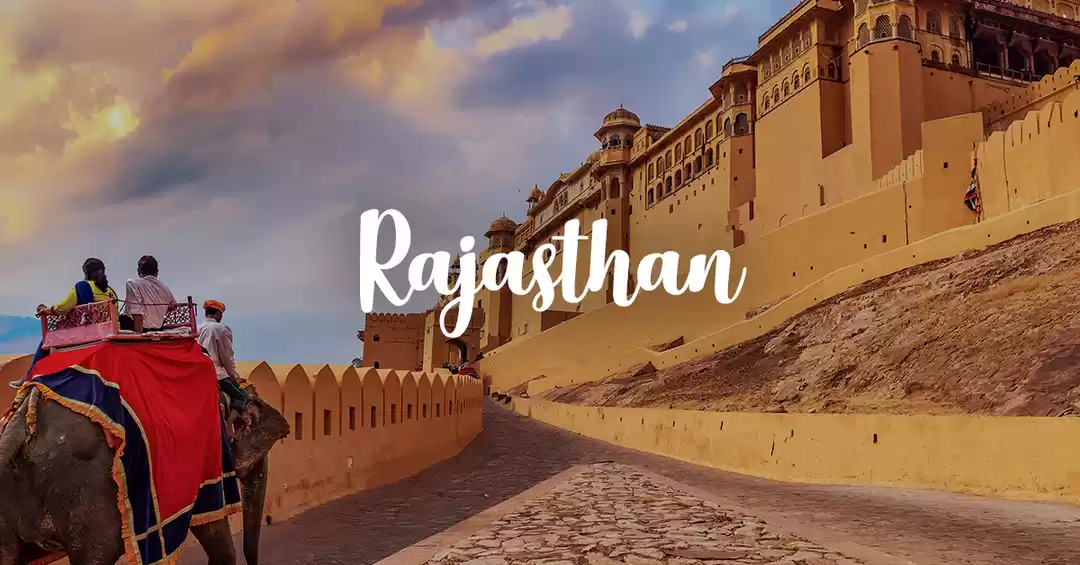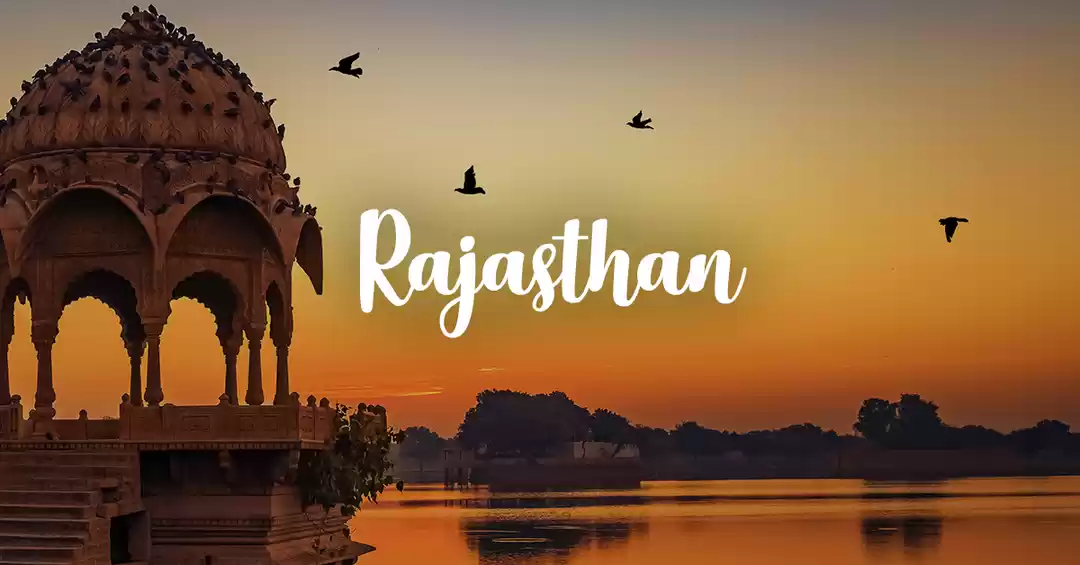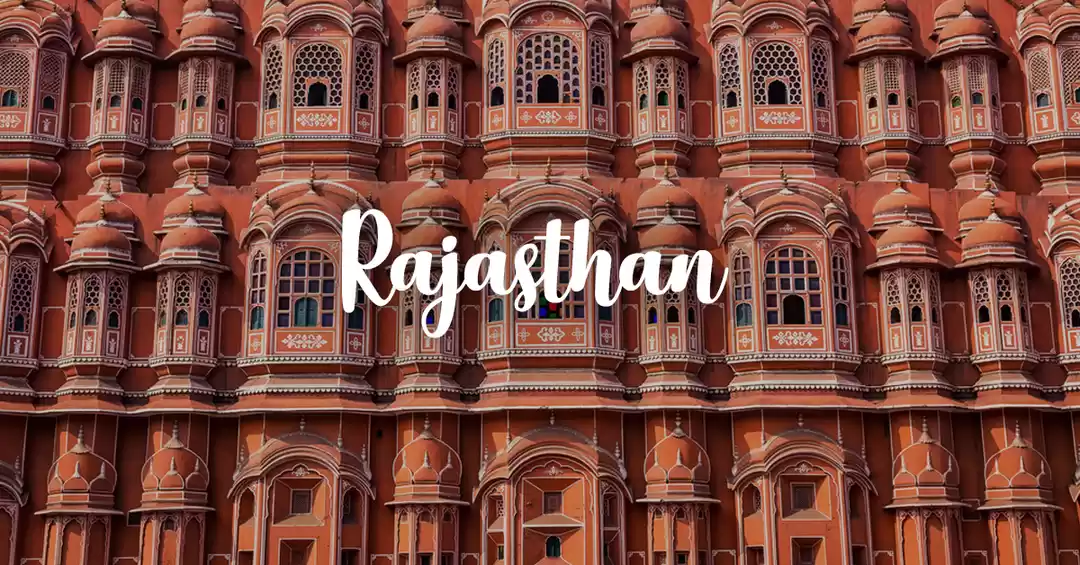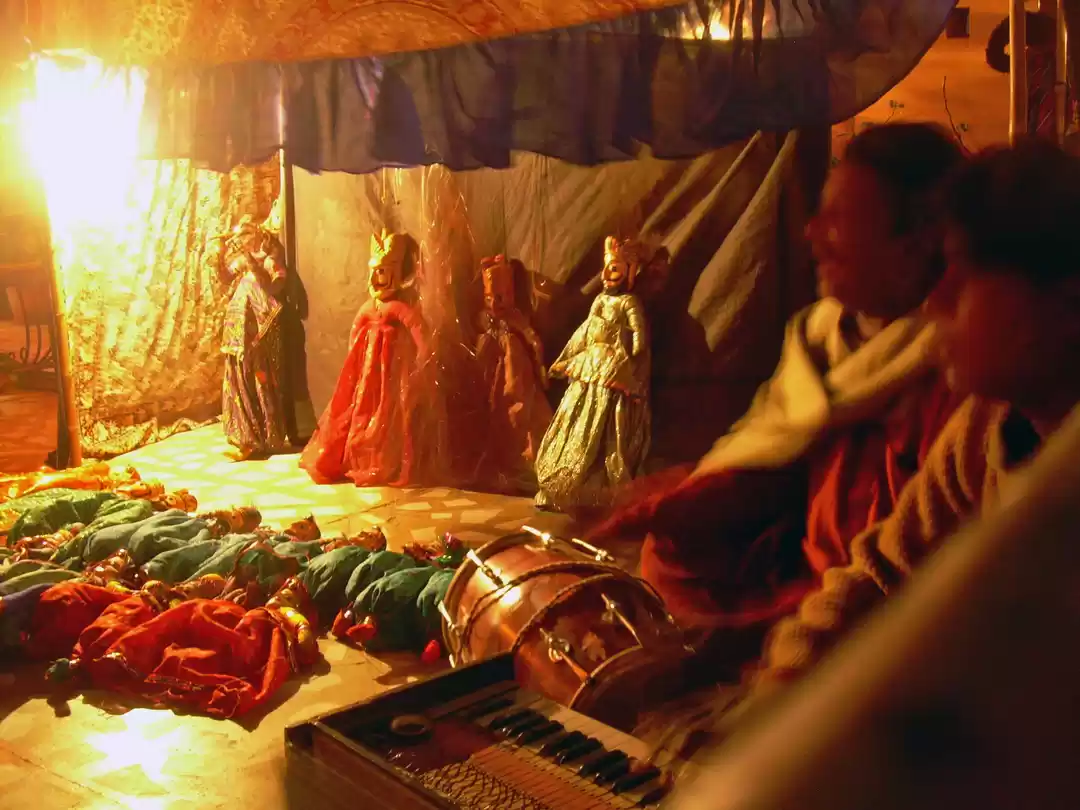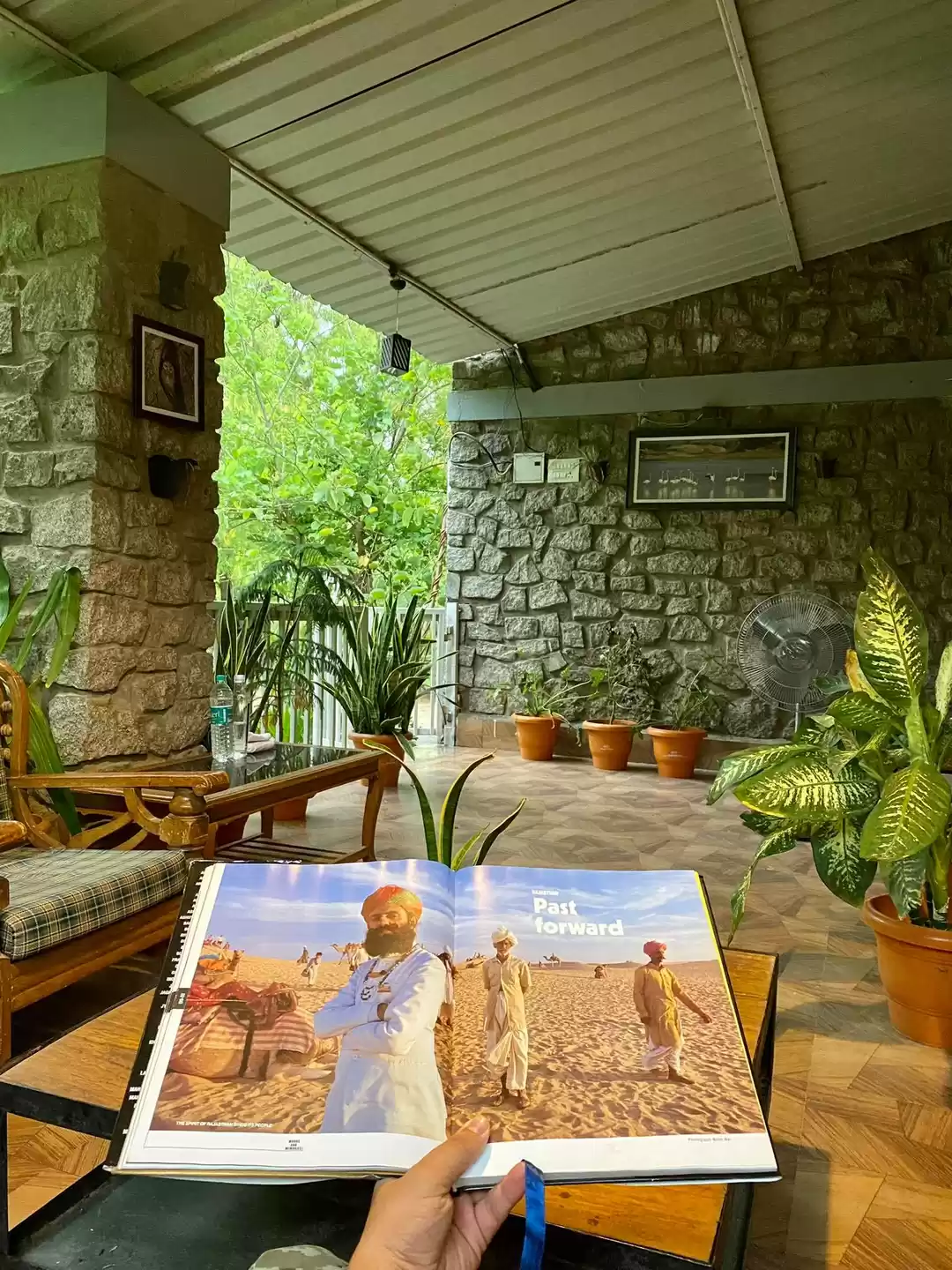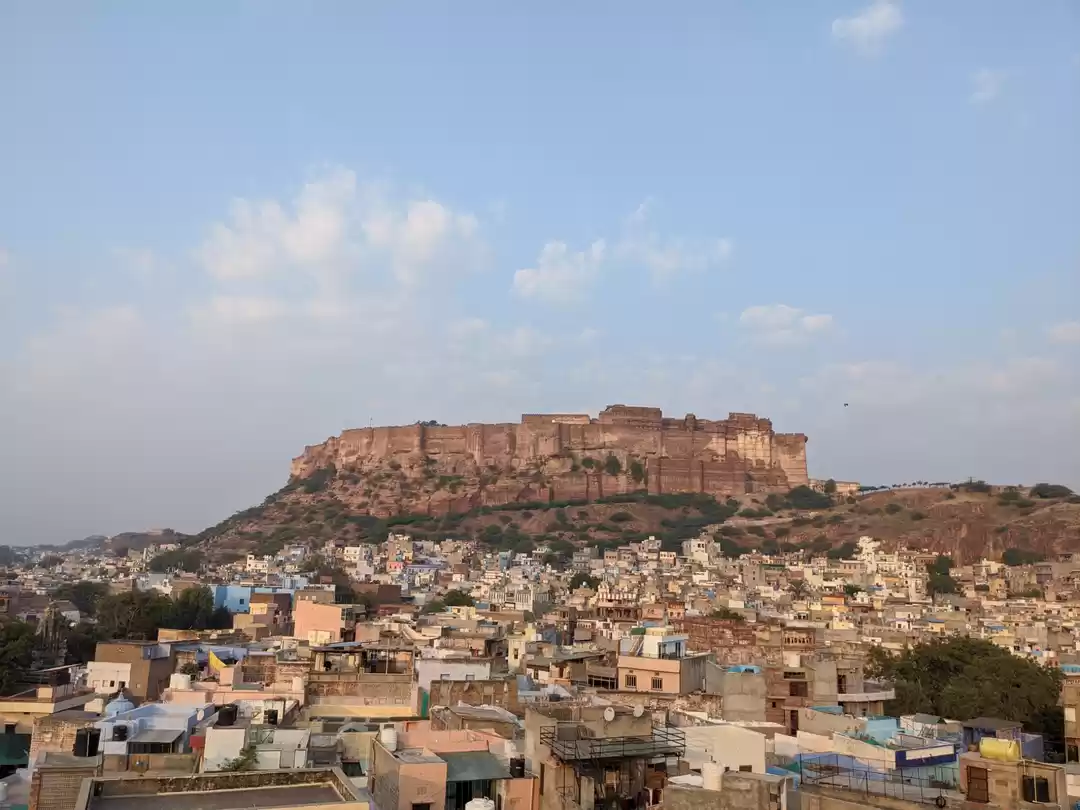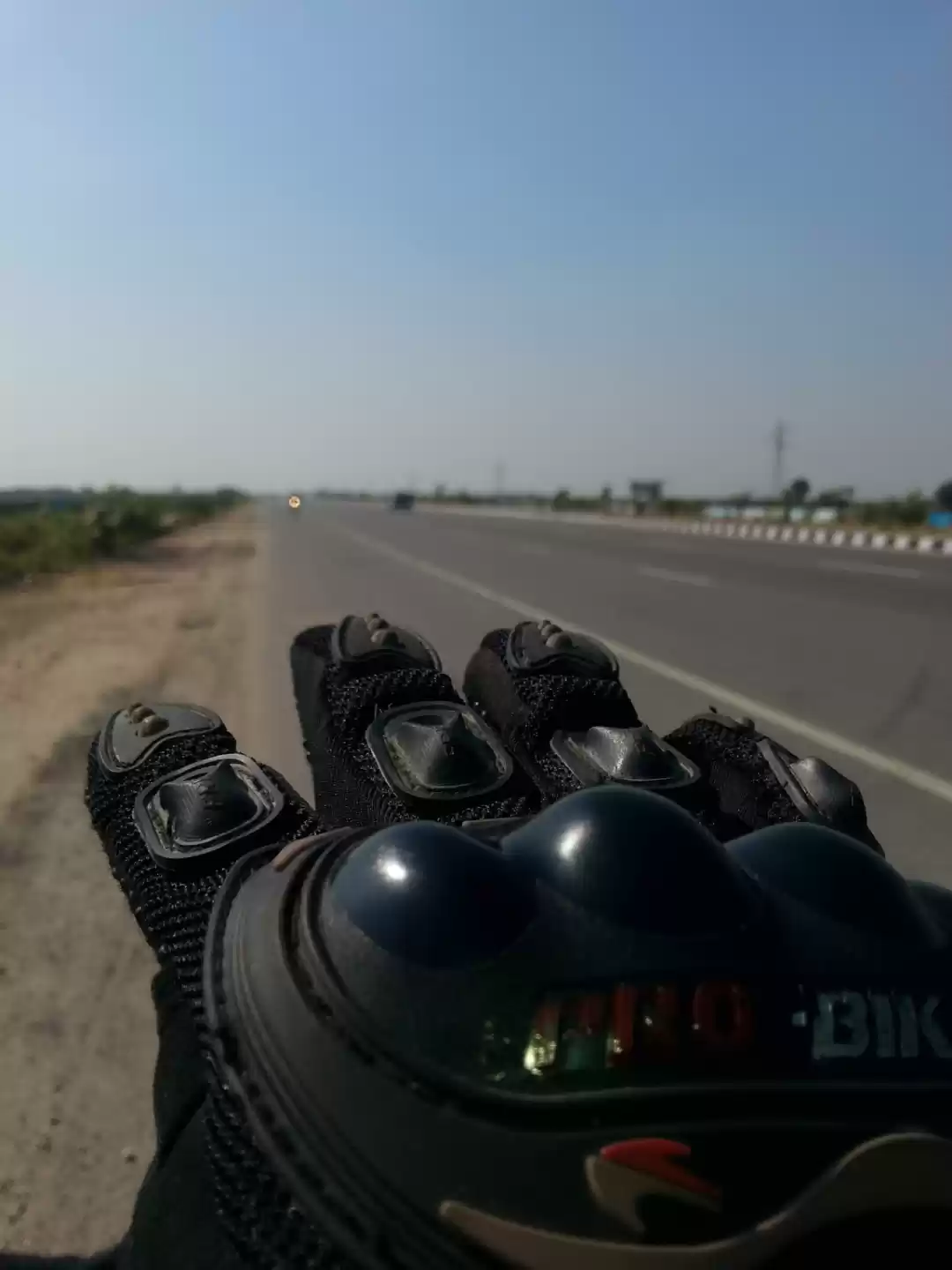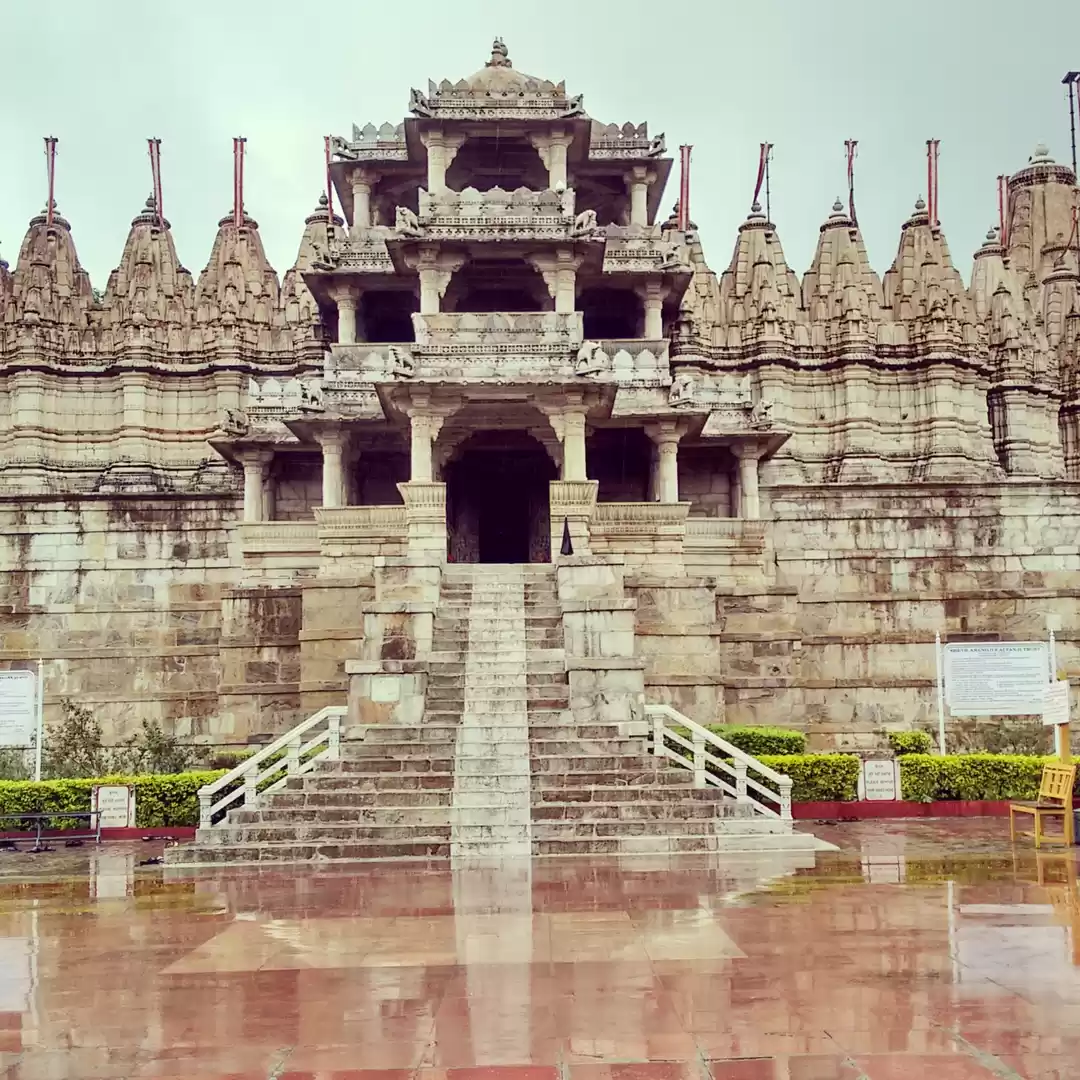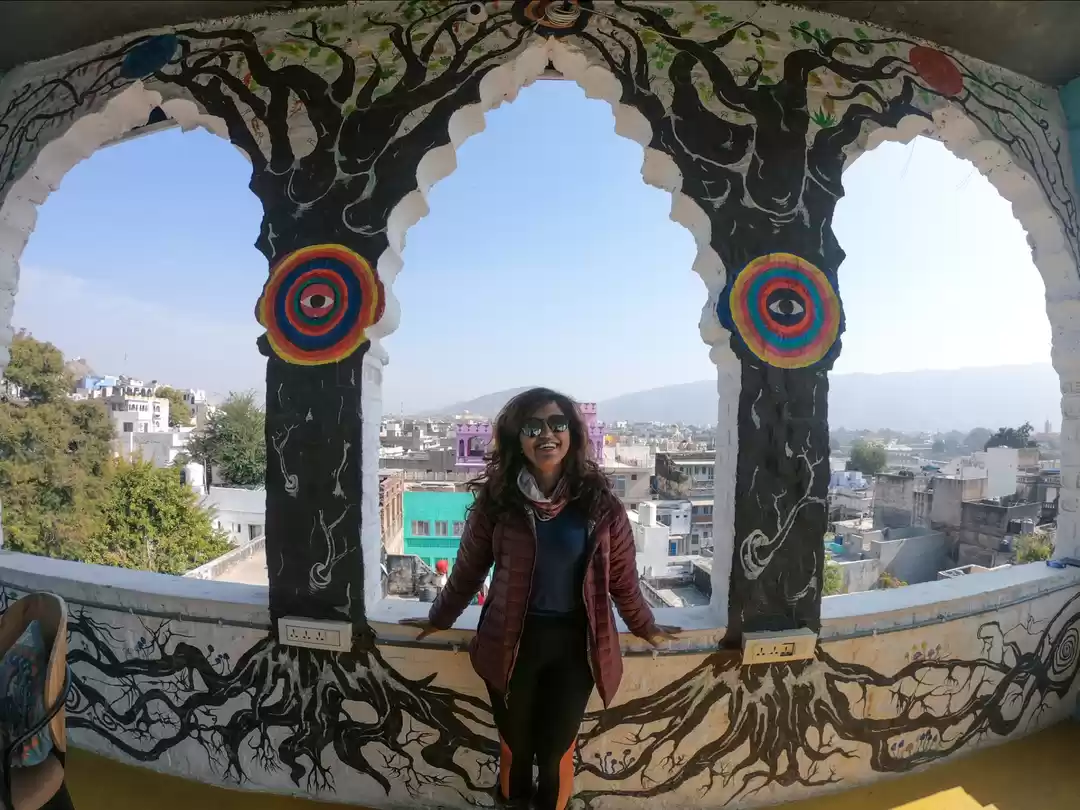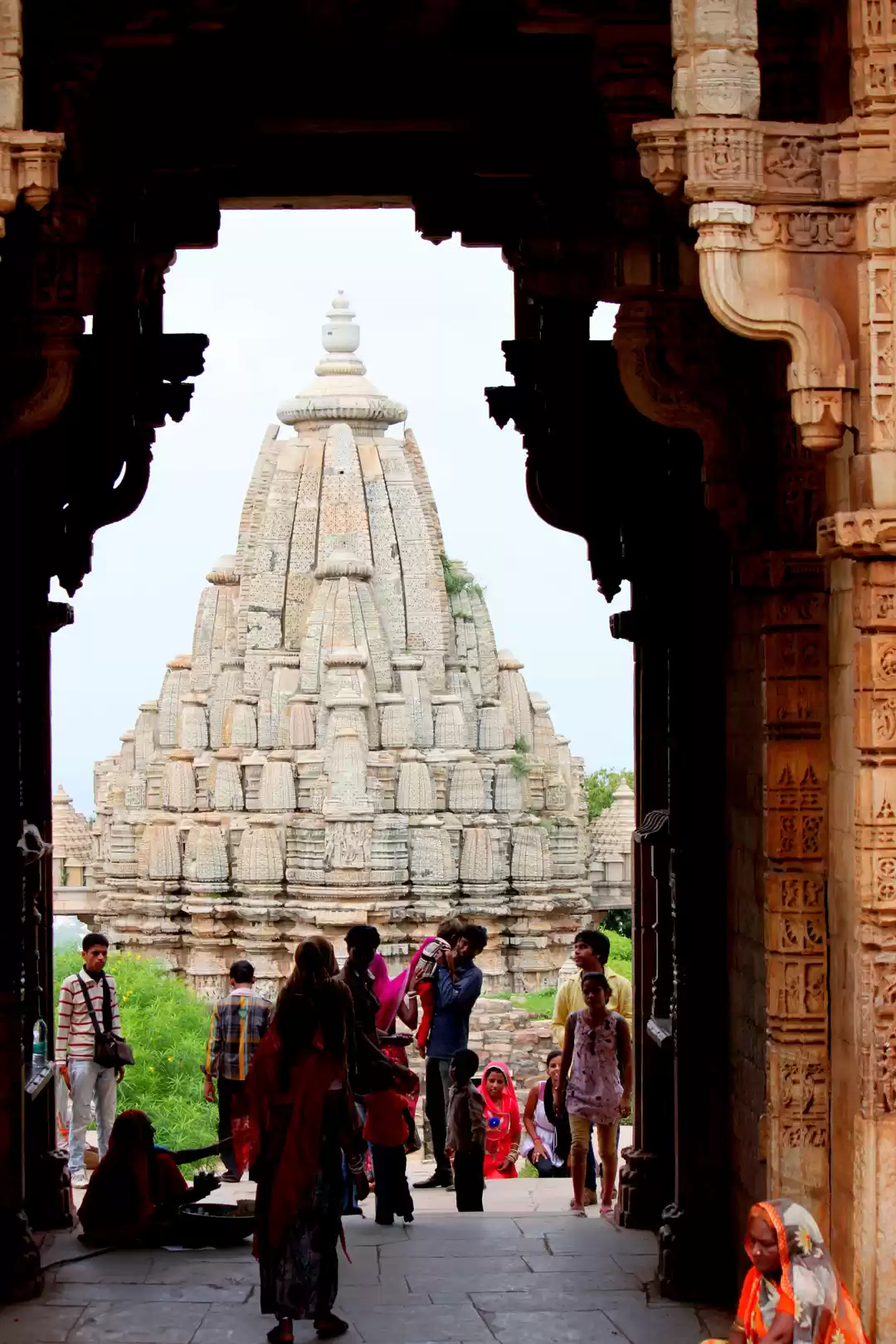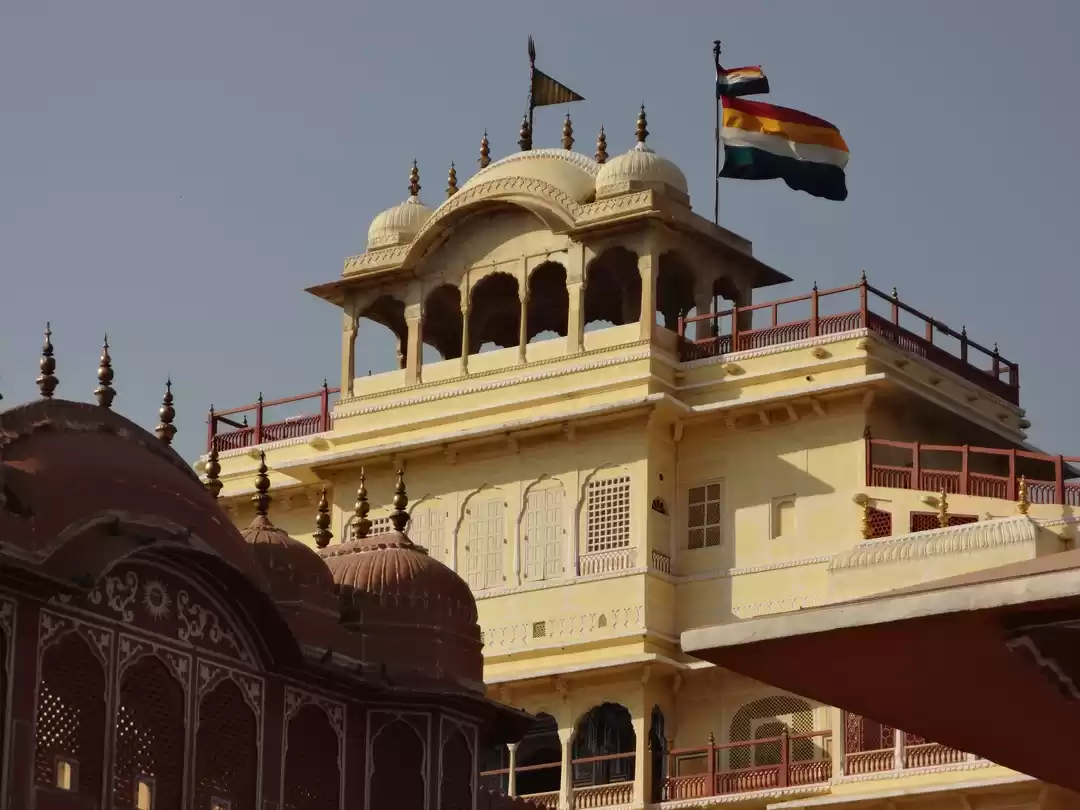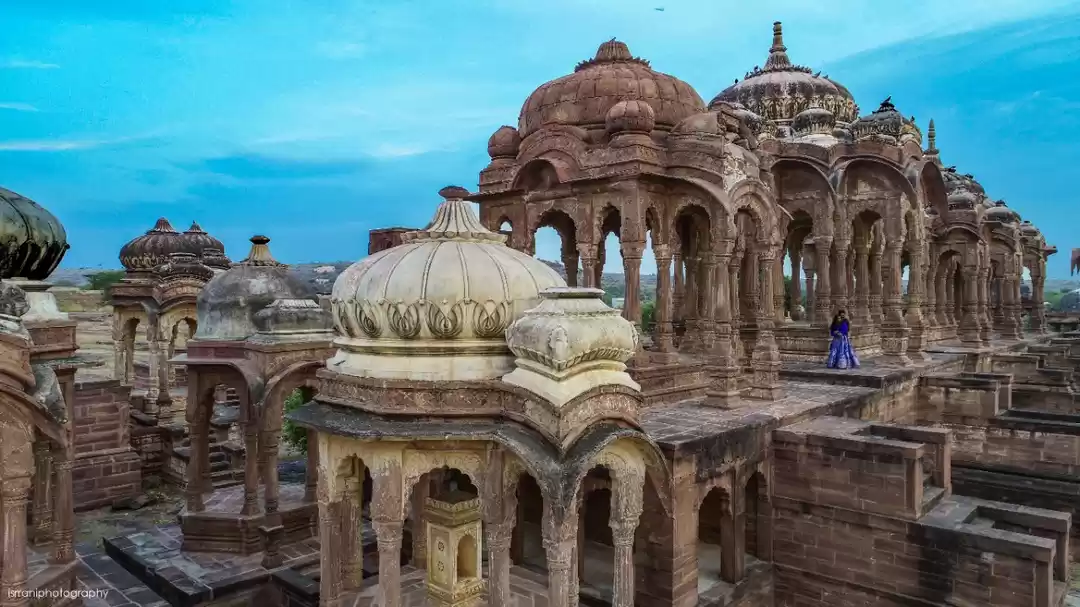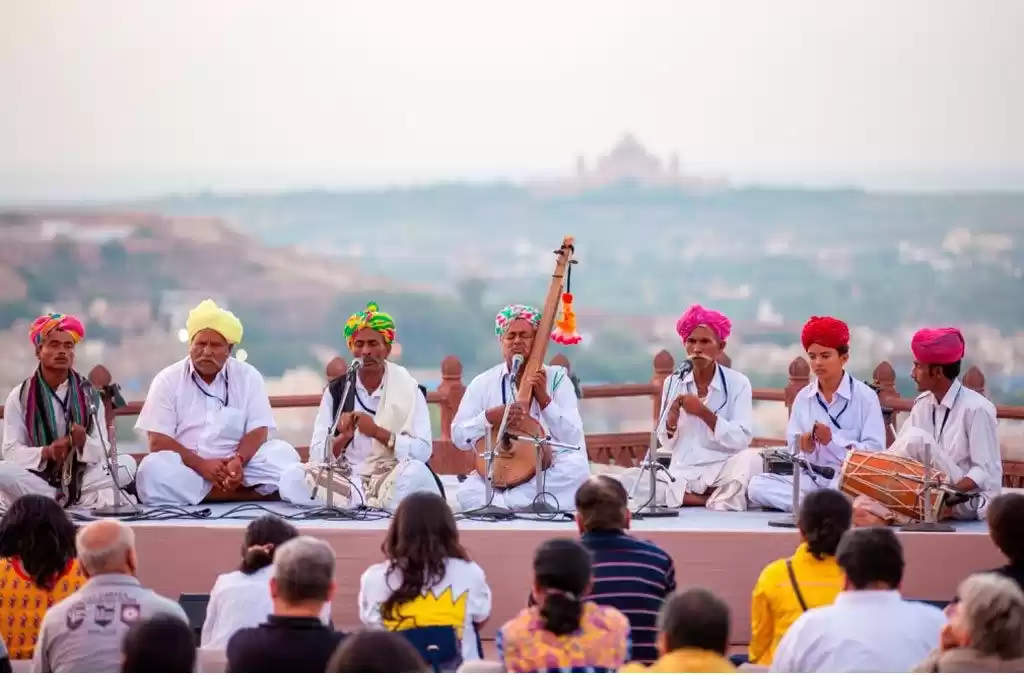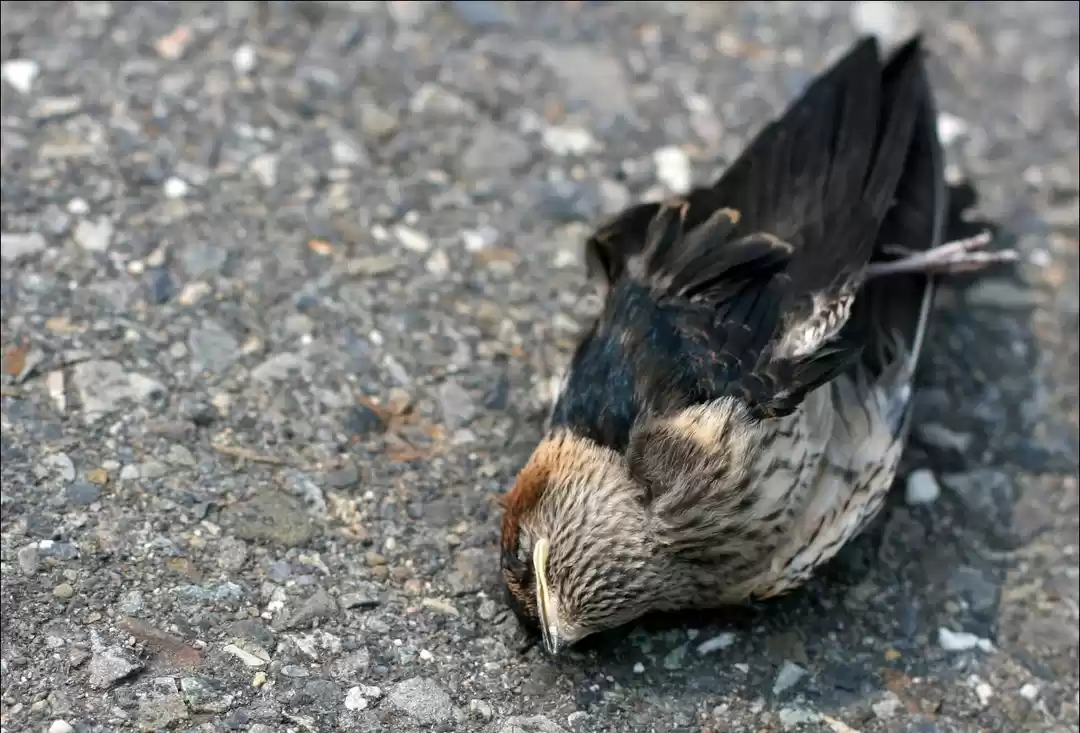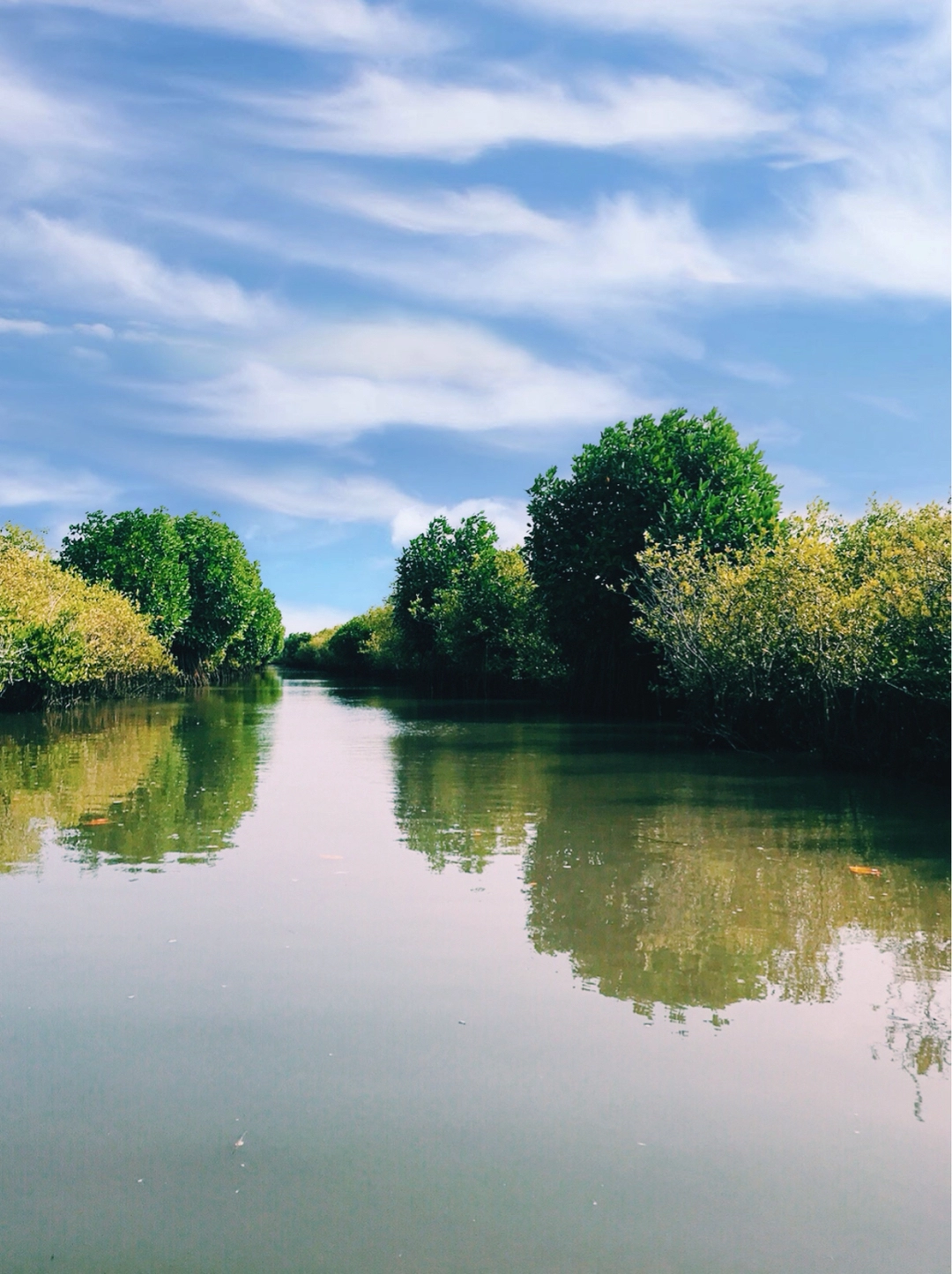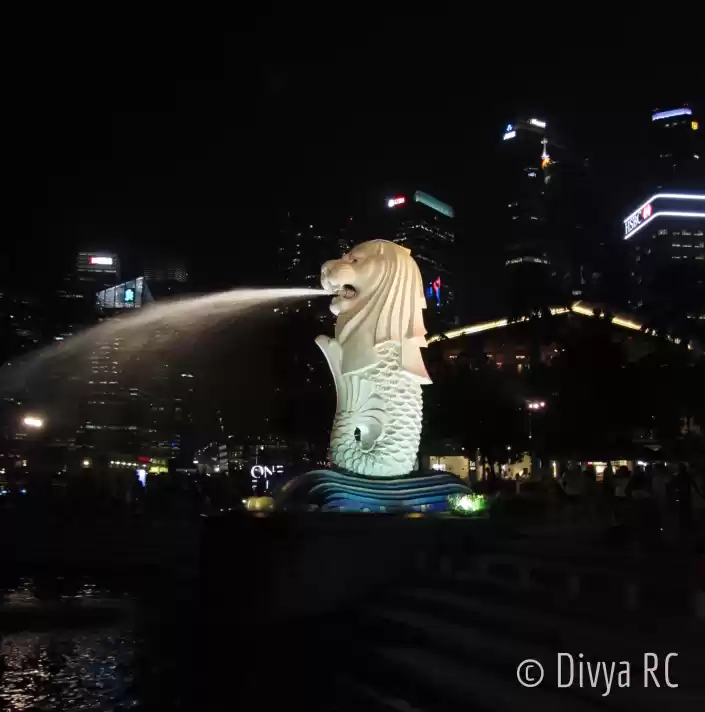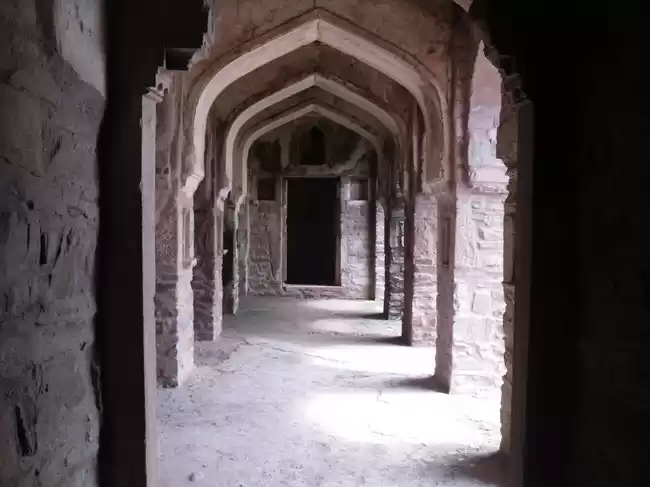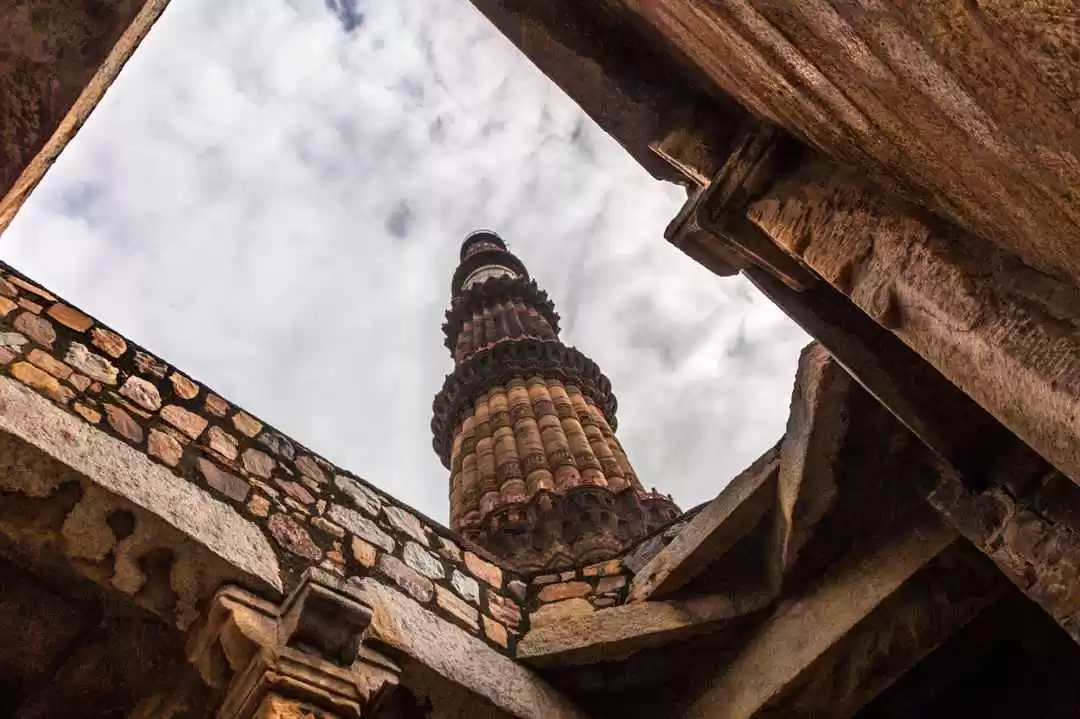
Jatinga is a little town situated in Assam, a state in northeastern India. It is situated in Dima Hasao area, Assam State in India. It is 330 kilometers (210 mi) south of Guwahati. The town is lavish green and grand, encompassed by tranquil mountains. However, that is not what it's popular for. Indeed, Jatinga is notable for an altogether unique reason - its Bird Mystery.

It is most well known for the wonder of flying creatures "submitting suicide". Despite the fact that the feathered creatures don't confer suicide and are really murdered, the legend of the suicides has spread far and wide among average folks. The town is possessed by around 2,500 Khasi-pnar ancestral individuals and few [assamese people].

The feathered creatures are not irritated by local people but rather out of the dull northern skies will begin to plummet as they are pulled in to lights. These stupefied feathered creatures are caught utilizing bamboo posts by local people. The neighborhood innate first took this normal marvel to be spirits flying from the sky to threaten them. This wonder isn't restricted to a solitary animal category, with Tiger Bittern, Black Bittern, Little egret, Pond Heron, Indian Pitta and Kingfishers all being influenced, and additionally slope partridge, green pigeon, emerald dove, necklaced laughingthrush, dark drongo.
The late naturalist E. P. Hmm got this marvel to worldwide consideration the 1960s. He headed to Jatinga with renowned worldwide ornithologist late Salim Ali. The reason for it is probably going to be confusion at high elevations and fast breezes because of the boundless mist trademark at the time. The zoological study of India sent Sudhir Sengupta to unwind this secret. The latest portrayal of the wonder and its correlation with comparative episodes somewhere else in Malaysia, Philippines, and Mizoram is found in the book The Birds of Assam by Anwaruddin Choudhury. He presumed that the winged animals, for the most part, adolescents and nearby transients, are exasperated by high-speed twists at their perch. At the point when the aggravated flying creatures fly towards lights as a shelter, they are hit with bamboo shafts and murdered or harmed.
Preservation gatherings and untamed life authorities in India have found a way to counteract wanton murdering of feathered creatures crosswise over India, making mindfulness in the ignorant villagers. Bikash Brahma, Additional Principal Chief Conservator of Forests of Dima Hasao, expressed the killings and in addition, the quantity of winged animals touching base at the town has been declining step by step since the most recent couple of years. A lot of this is because of loss of territory caused by "improvement and condition debasement".

The Bird Mystery is a remarkable marvel that happens at Jatinga amongst September and November every year. Amid these late storm months, a few transitory and nearby feathered creatures submit mass suicide at the town. Soon after nightfall, in the vicinity of 7 and 10 pm, several feathered creatures drop from the sky, plunging to their passings by colliding with structures and trees. Since feathered creatures aren't known to be self-destructive, the marvel has astounded villagers, guests and researchers alike. For a long time, local people trusted that malevolent spirits living in the skies were in charge of cutting down the winged animals.
Obviously, this isn't valid. After a few logical examinations and investigations, it has been inferred that the winged animals are for the most part confused by the rainstorm mist. In this way, they are pulled in by the town lights and fly towards them, in some cases hitting dividers and trees amid the drop. A portion of the flying creatures passes on, while others are terribly harmed, winding up simple prey for the villagers to catch. These fowls are frequently entranced and rumpled and don't set up any obstruction when villagers assault them with launches or bamboo sticks.
Concentrates likewise demonstrate that the winged animals come in just from the North and land just on an all-around characterized strip in the town - that is 1.5 km long and 200 meters wide. Lights set along the southern side of the town have neglected to pull in any feathered creatures.
The casualty feathered creatures aren't long-separate migrators. 44 species have been distinguished as 'self-destructive' and the greater part of them originate from adjacent valleys and slope inclines. These incorporate Kingfishers, Black Bitterns, Tiger Bitterns and Pond Herons, among others.
A couple of all the more intriguing revelations were made by researchers and flying creature watchers. It appears to be the majority of the self-destructive feathered creatures lose their common environments because of flooding amid the storm season. In this way, they seem, by all accounts, to be relocated to different spots, and Jatinga is in their transitory way. Yet, it isn't clear why the winged creatures fly during the evening, or why they get willfully caught at a similar place each year.
"It isn't suicide, to be exact," said Anwaruddin Choudhury, an outstanding ornithologist in Assam. "Yet, the reality remains that winged animals are pulled in by light and fly towards any protest with a light source. This marvel still riddles winged creature experts."
India's most praised ornithologist, the late Salim Ali, was likewise perplexed. "The most astounding thing to me about this wonder is that such a significant number of types of diurnal inhabitant winged animals ought to be progressing when, by definition, they ought to be sleeping soundly. The issue merits a more profound logical examination from different points," he composed.
The wonder of 'avian harakiri', as local people call it, was first seen by the Zeme Nagas, the tenant clan of the area in the mid-1900s. It unnerved them so seriously that they sold their property to Jaintias and left the place in 1905. The new occupants likewise watched the wonder, yet deciphered it as a blessing from God.
The Jaintias aren't totally off-base. All things considered, the wonder has caught the enthusiasm of natural life circles and visitors, making the town of Jatinga world acclaimed. The winged creatures alone are in charge of a lift in tourism amid the storm months. What's more, they're very heavenly; local people relish these colorful rarities. The villagers purposely switch on lights and lamps to pull in the winged animals and catch them consistently.

To advance tourism, region specialists have made a celebration around the winged animal suicide, called the Jatinga Festival. The main release was held in 2010. In case you're keen on a survey the uncommon marvel face to face, the closest air terminal at the city of Guwahati is 350km far from the town. You should hold up until one year from now, however!

About Kumbhalgarh The famous Fort of Kumbhalgarh is situated in the southern part of Rajasthan and is located at about 157 km from Chittorgarh and 105 km from the western part of Udaipur. Kumbhalgarh is popular for being the birthplace of Maharana Pratap, the great warrior of Mewar. Kumbhalgarh, which is also known as Kumbhalmer is a Mewar fortress, located in the district of Rajsamand in the state of Rajasthan. The famous Bollywood movie "Prem Ratan Dhan Payo" was shot in Kumbhalgarh Fort.
History of Kumbhalgarh Kumbhalgarh was virtually inaccessible in earlier times and the Rana Kumbha of Mewar designed it keeping the defensive aspect of the fort in his mind. The fort designed by him was at a height of 3,500 feet above sea level, which is comfortable enough to provide clear views of the areas of Ajmer and Marwar.
Although Kumbhalgarh was built in the 15th century it was extended during the 19th century. The site of Kumbhalgarh was earlier a fort and was under the dynasty of Prince S...

Triund, the majestic Trek is situated in the laps of the Dhauladhar mountains of Dharamshala. Owing to the eye-catching view of the Dhauladhar mountains on one side and Kangra valley on the other, this Trek is loved by nature lovers and travelers. Every year from India and all over the world, this Trek attracts a lot of tourists.
Triund is an easily accessible trek which can be accomplished by almost all age groups. This Trek has a beautiful byway which takes a traveler through a beautiful forest of oak, deodar and rhododendron.
Now, talking about the Trek, it is fairly easy for the first five kilometers but the last one kilometer may require a few strong calves, the last kilometer has "22 curves", I repeat 22 tiring curves before you finally reach Triund. Along the way, there are many small tea shops where one can refresh during the hike. Triund Trek is worth it for its majestic panoramic views. Triund is accessible for the most part of the year except in the months of January and ...

The Incredible "Rat Temple" in Rajasthan, India i.e Karni Mata Temple (करणी माता मंदिर) is a famous Hindu Temple which is one of the faces of Goddess Durga. It is located at Deshnoke which is 30 km from Bikaner, in Rajasthan, India. It is famously known as the Temple of Rats.
The temple is famous for the approximately 25,000 Black Rats that live in the temple. These holy rats are respectively called "KAABA" by the local people, and many people from the country and around the world travel great distances to pay their respects to the Goddess.
I myself belong to the same village Deshnoke, so I visit this Temple on a regular basis when I am there.
The Goddess Karni Mata was a part of the "Charan" clan in her lifetime. She is believed to live 150 years. The followers of the Karni Mata believes that once they die, they will be reincarnated as a rat and subsequently when a rat dies, it will be reincarnated as a human again and so the cycle continues. This belief exists because of t...









